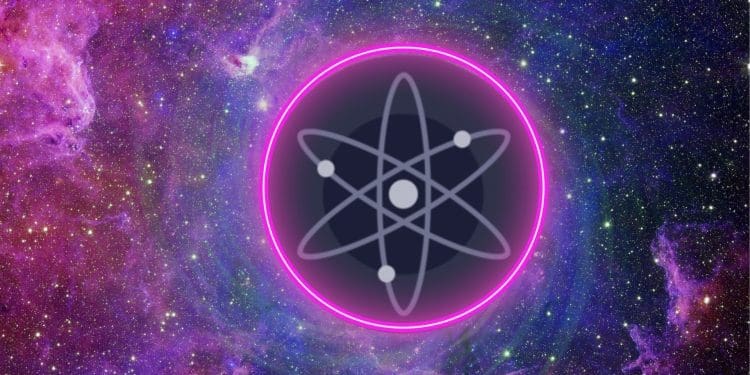- The Cosmos Hub approved a proposal to reduce ATOM’s inflation rate from 14% to 10% in order to improve network security and sustainability.
- The proposal narrowly passed with 411 votes in favor and 385 against, expected to reduce ATOM’s staking yield from 19% to 13% annually.
- Arguments centered around whether the abrupt inflation reduction would negatively impact validators and businesses building on Cosmos vs enhancing ATOM’s long-term prospects.
The Cosmos Hub, the primary blockchain within the Cosmos network, has approved a proposal to decrease the maximum inflation rate of its native ATOM token from 14% to 10%. This move aims to improve the security and sustainability of the network.
The Proposal and Voting Outcome
The proposal narrowly passed with 411 votes in favor and 385 against. The change is expected to reduce ATOM’s annualized staking yield from around 19% to approximately 13%.
Arguments For Reducing Inflation
Proponents argue that double-digit inflation undermines ATOM’s price in the long run and discourages use in DeFi. They say current inflation overspends on security and validators can still be profitable with a 10% rate.
Arguments Against Reducing Inflation
Opponents say the abrupt change could negatively impact small validators and associated businesses. They argue it is a short-sighted and ill-researched idea that could damage those building, trading, and validating ATOM.
Other Recent Developments
The Hub recently launched liquid staking, enabling unstaking without the previous 21-day lockup. This allows staked ATOM to be used in DeFi without sacrificing staking yields.
Conclusion
The controversial move to cut inflation narrowly passed after a last-minute influx of votes. It aims to enhance network security, but critics argue it was poorly planned and researched. The impact on validators and related projects remains to be seen.














